There’s an old movie, a love story, called Return to Me (Minnie Driver and David Duchovny) – my DH Dave and I watched it together many times – and one scene takes place on a rooftop terrace in Rome. This photo reminds me of that movie. I don’t think the movie scene was filmed here, but it was very similar. While I was there, I enjoyed the rooftop terrace and took pictures from several angles. They served cocktails (I had prosecco) and on some occasions (weather permitting) they serve dinner up there. It was cold. Probably about 45°. I was bundled up and sat in the lee of a wall to stay out of the wind. But it was beautiful, no?
That view above includes Piazza Navona – it’s buried down in front of or behind that one long peach-colored building you see, and the church steeple. I think. I was just a short block off the Piazza, which was right where I wanted to be. The Piazza Navona is not open to cars – it’s strictly a walking area, and it’s full, 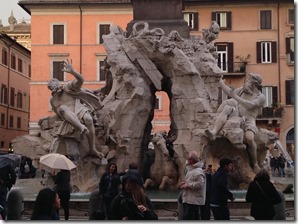 day and night, of tourists, business people going from one place to another, hand-holding couples seeing it for the first time, artists with their oh-so-romantic street scenes slap-dashed onto canvases, magicians, and a large number of hawkers trying to sell purses, selfie-sticks (very annoying), scarves, or waiters trying to lure everyone into their restaurants. I walked it early in the morning (when fewer people were there, nice) mid-day, noontime, afternoon, evening and late evening. I walked it numerous times. I had dinner at the touristy restaurants (vegetable soup because my tummy was rebelling the rich pasta I fed it at noon) and watched people. The waiters were kind to me. They never asked – why are you alone? They never asked – are you waiting for a friend? Thank goodness, or I might have dissolved in tears.
day and night, of tourists, business people going from one place to another, hand-holding couples seeing it for the first time, artists with their oh-so-romantic street scenes slap-dashed onto canvases, magicians, and a large number of hawkers trying to sell purses, selfie-sticks (very annoying), scarves, or waiters trying to lure everyone into their restaurants. I walked it early in the morning (when fewer people were there, nice) mid-day, noontime, afternoon, evening and late evening. I walked it numerous times. I had dinner at the touristy restaurants (vegetable soup because my tummy was rebelling the rich pasta I fed it at noon) and watched people. The waiters were kind to me. They never asked – why are you alone? They never asked – are you waiting for a friend? Thank goodness, or I might have dissolved in tears.
There are just about zero hotels around the Piazza, and when I found the Hotel Raphael, I knew that’s where I needed to stay. It was pricey, although I stayed in the very low-end rooms. It had a nice lobby, a delightful breakfast room. It did have a restaurant, but I didn’t eat there – it was beyond pricey and vegetarian. Not that I’m opposed to vegetarian, but the menu looked very rich with creamy sauces. My tummy said “no.” 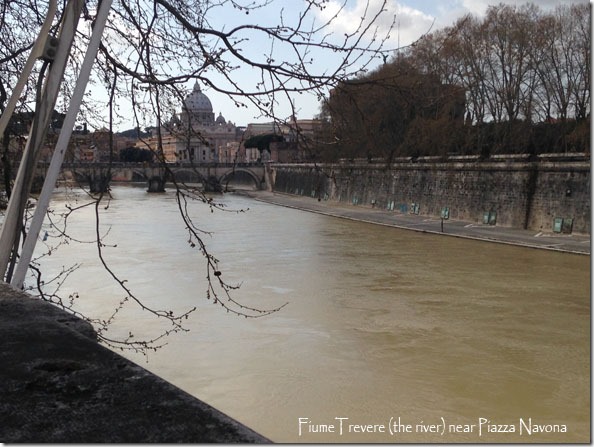
My last afternoon there I walked some blocks toward the river and it was so lovely. I crossed the broad bridge, walked down-river about a mile, then back up the other side. My foot/feet did fine. The weather was perfect. Cold, but clear and sunny. Conversations abounded around me, wherever I walked – German, Brit English, French, Arabic, some Slavic languages, some African ones, and occasionally American English. Because it was the week before Easter, there were hundreds (thousands?) of college-aged young people on spring break, I think. 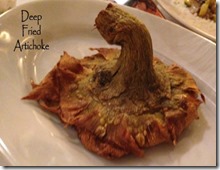 There were school children on some kind of disciplined outing. There were old people, young people, of every color of the rainbow. Not so many single people. I was an oddity, I think.
There were school children on some kind of disciplined outing. There were old people, young people, of every color of the rainbow. Not so many single people. I was an oddity, I think.
One of the days, my friends Tom, Joan and their granddaughter Lauren came to my hotel and we had lunch together. We went to an osteria (that’s a more upscale restaurant than a trattoria) not very far away, and indeed, we had a delicious lunch. The standout there were the deep-fried artichokes. They were on menus nearly everywhere. Remember, in other parts of the world, they cook by the season (only), and artichokes are just now in-season, so they were on the blackboards in nearly every restaurant. In Italian it’s called carciofi, pronounced car-chioff-ee. We all shared that one pictured at right, and we ate every smidgen, including the stem.
There’s the Piazza Navona at dusk. All the waiters at all the restaurants (see the awnings – those are all restaurants), like the one fellow on the right, facing right, hang around out on the street (no cars, remember) waiting to lure people in. They’re a bit annoying after awhile, so I 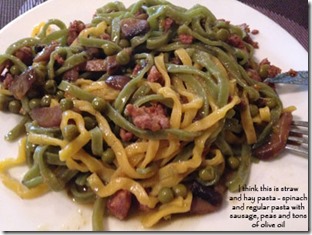 walked closer to the center to avoid them. My first night in Rome I traipsed around trying to decide where to have dinner and finally settled on a non-descript place off the Piazza. I ordered fried zucchini blossoms stuffed with ricotta (delicious) and because a heavy meat dish didn’t appeal to me, I ordered pasta. I think it’s called straw and hay – regular and spinach pasta with sausage, mushrooms and peas. And a lot of olive oil. It was very rich; hence I didn’t eat but about half of it. Most restaurants don’t serve pizza except at night. For whatever reason, pizza didn’t sound good to me either. I’d just
walked closer to the center to avoid them. My first night in Rome I traipsed around trying to decide where to have dinner and finally settled on a non-descript place off the Piazza. I ordered fried zucchini blossoms stuffed with ricotta (delicious) and because a heavy meat dish didn’t appeal to me, I ordered pasta. I think it’s called straw and hay – regular and spinach pasta with sausage, mushrooms and peas. And a lot of olive oil. It was very rich; hence I didn’t eat but about half of it. Most restaurants don’t serve pizza except at night. For whatever reason, pizza didn’t sound good to me either. I’d just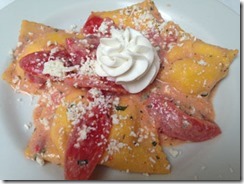 come off of the 12 hour flight from Los Angeles and wasn’t all that hungry.
come off of the 12 hour flight from Los Angeles and wasn’t all that hungry.
You can tell by how shiny the pasta is – there’s a lot of oil in it. It was good, but not exceptional. At right is another photo of ravioli I ordered another day. It was stuffed with ricotta, and was so rich. I wasn’t sure what the swirl was on top – probably sour cream. Yet that seemed odd to me – I don’t think Italians use sour cream very much. It was smooth and soft and had none of the slightly acidic edge sour cream has. I don’t know – I didn’t eat much of it in any case. The ravioli were really wonderful – the pasta was super-tender and the filling very tasty. The strips on top are fresh tomatoes. I was there in Rome for 4 nights. Since I’d seen all the major sites before (the Vatican, Spanish Steps, Trevi Fountain, walked the Forum) I stayed fairly close to the Piazza Navona. And that was fine with me. I tested my foot – I sure didn’t want to injure my foot and have difficulty the rest of the trip. That first night I went walking after dinner and got totally lost. I am certain I walked at least 4 miles before I finally found my way back to the Piazza Navona. People kept giving me wrong directions and my map, although a good one, didn’t show all the streets, so I made several wrong turns. I should have turned on my cell phone’s navigation – I’d have figured it out – but I didn’t even think of it. I’d turned off all of my apps (because they use cellular data and because they draw power even when you think they’re not).





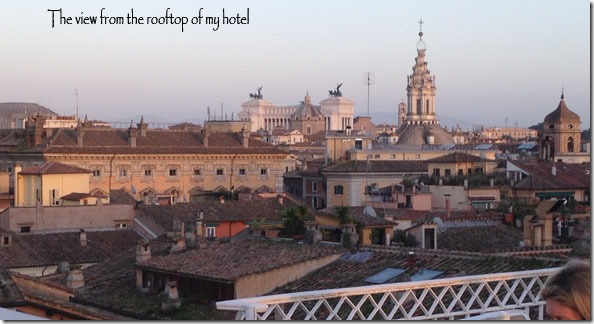
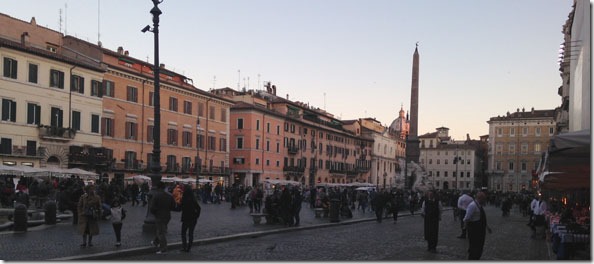

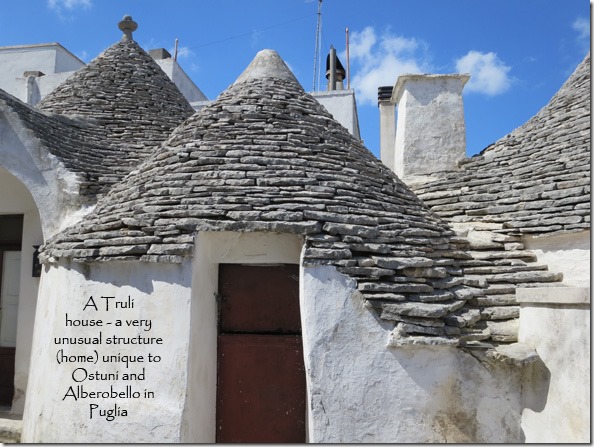
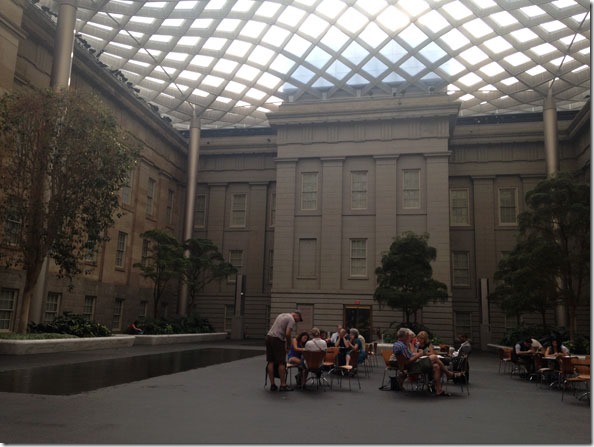
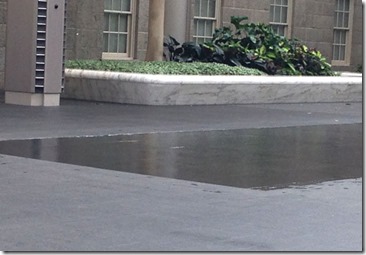
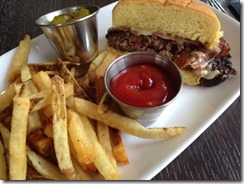
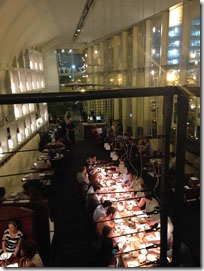
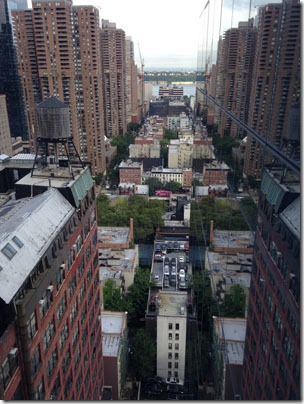
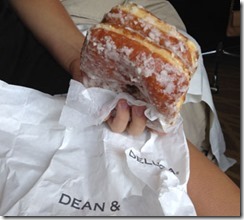
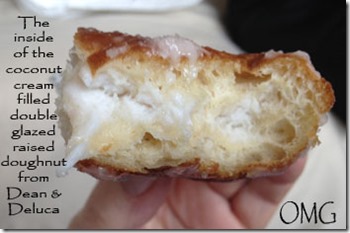
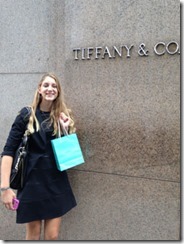
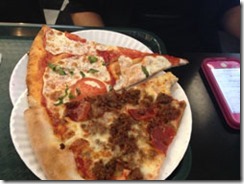
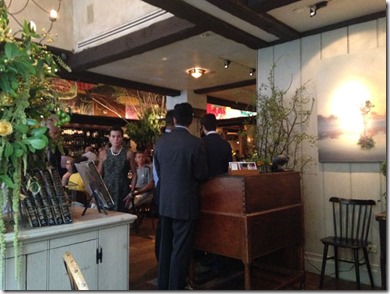
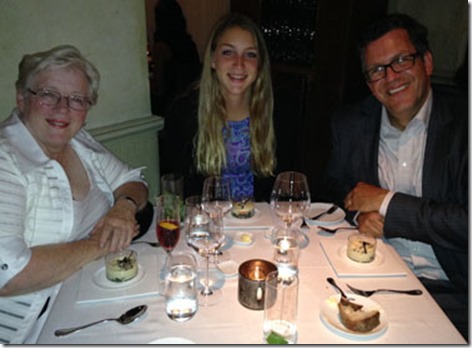
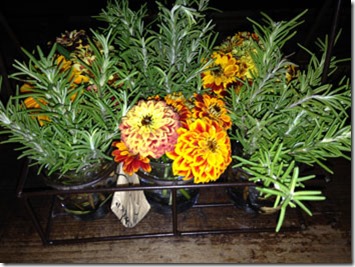
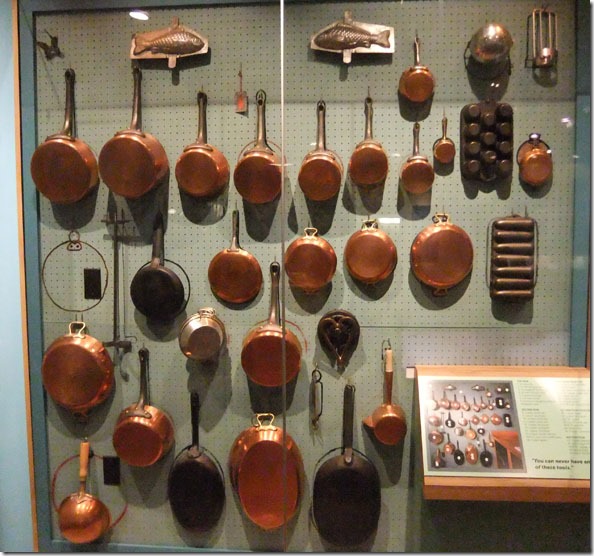
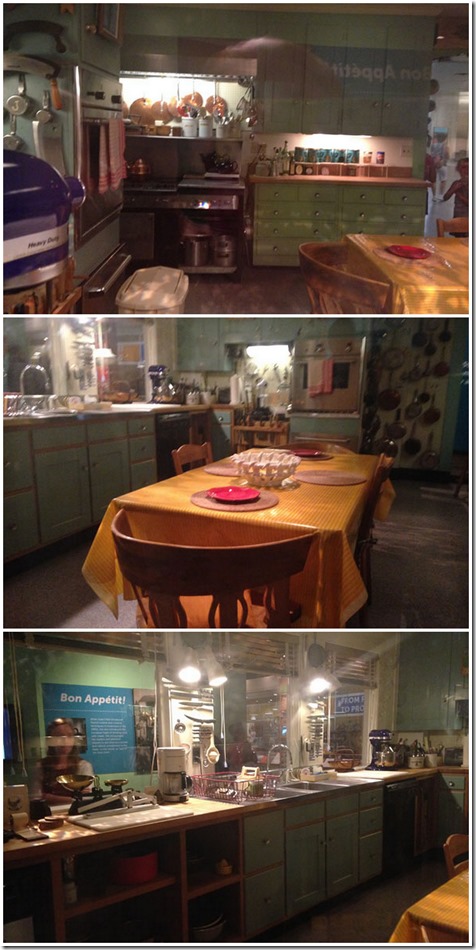
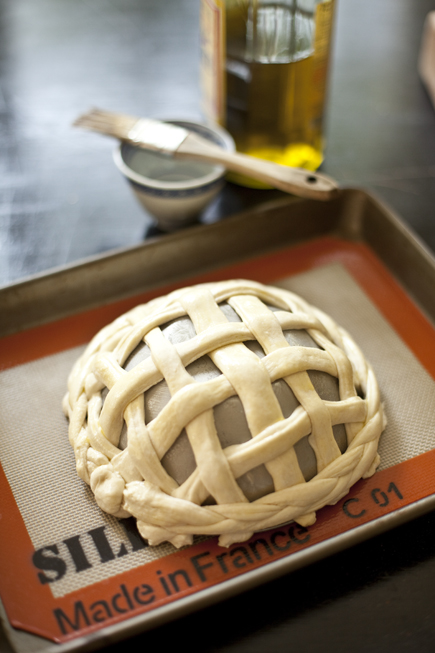 And I thought the
And I thought the 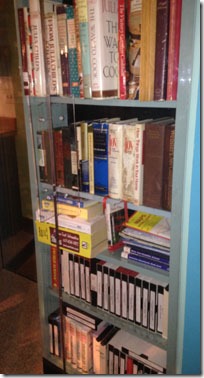
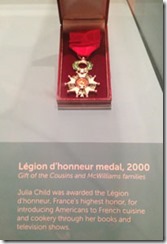
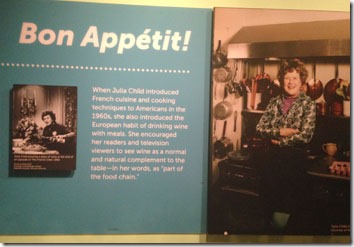
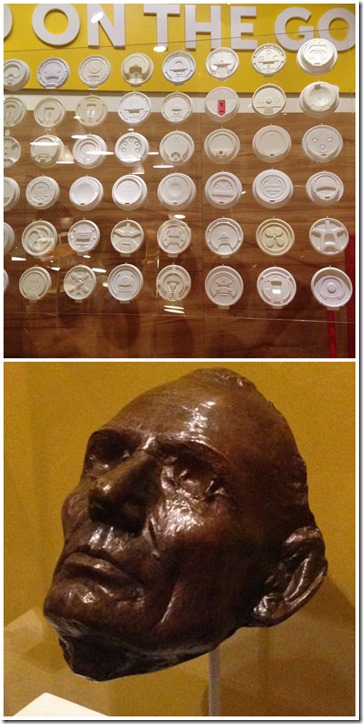
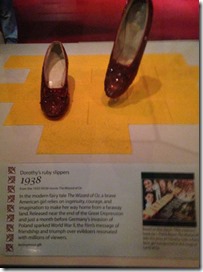
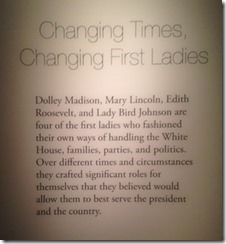
 While I was on this recent trip, I did quite a bit of reading. Every night, trip or not, like clockwork, I read for 20-30 minutes before I fall asleep. And because I’m having a problem with my foot (did I say I have a stone bruise on my heel from wading in the river on the camping trip a few weeks ago?) I had to rest my poor heel sometimes in one museum or another. My
While I was on this recent trip, I did quite a bit of reading. Every night, trip or not, like clockwork, I read for 20-30 minutes before I fall asleep. And because I’m having a problem with my foot (did I say I have a stone bruise on my heel from wading in the river on the camping trip a few weeks ago?) I had to rest my poor heel sometimes in one museum or another. My 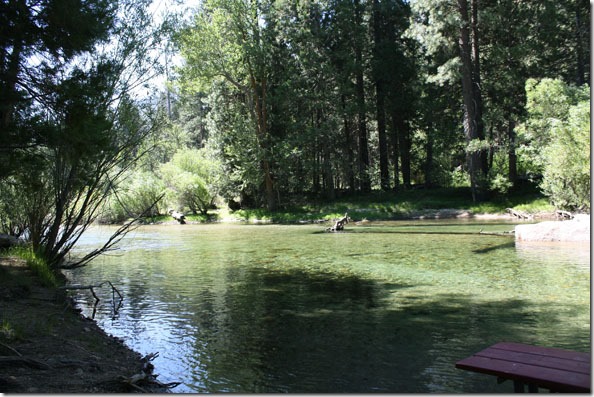
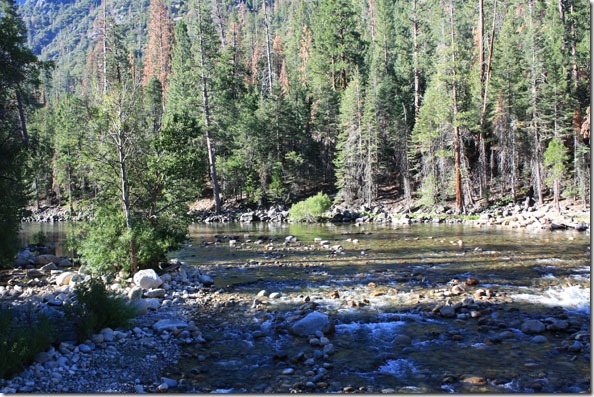
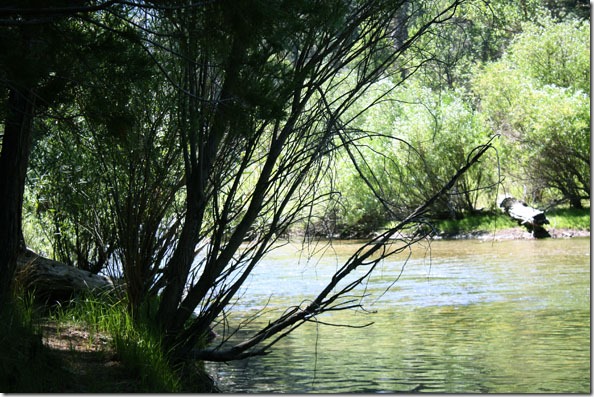
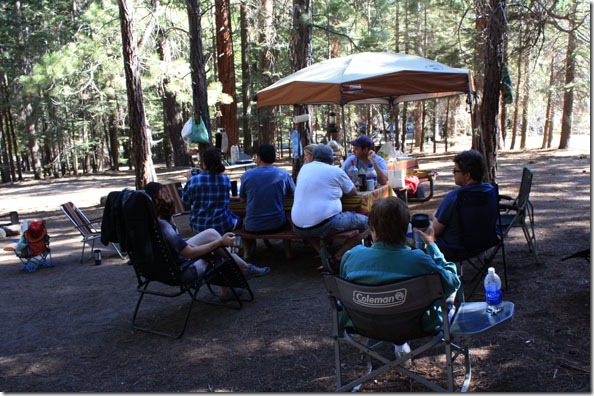
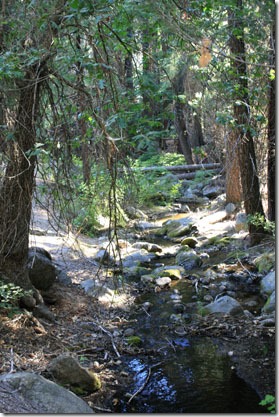
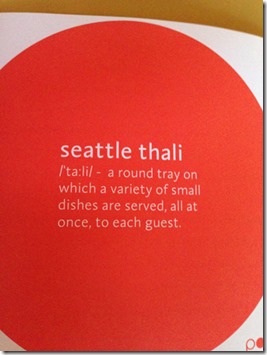
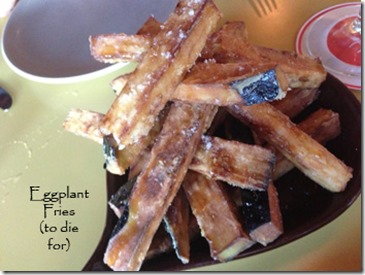
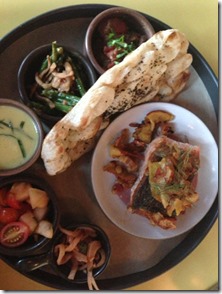
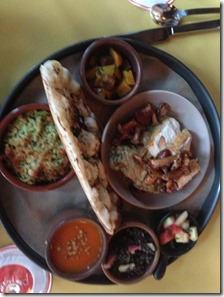
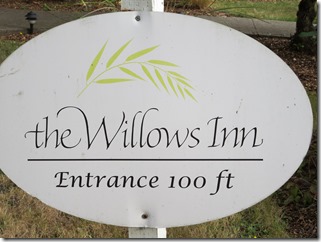
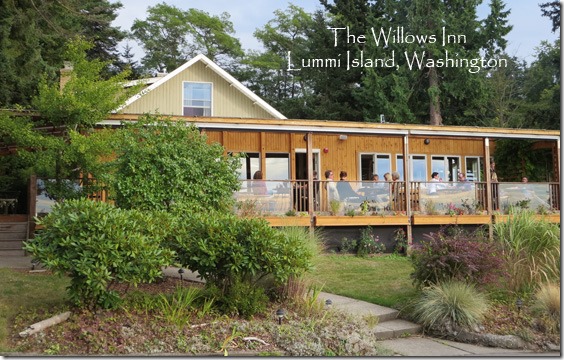
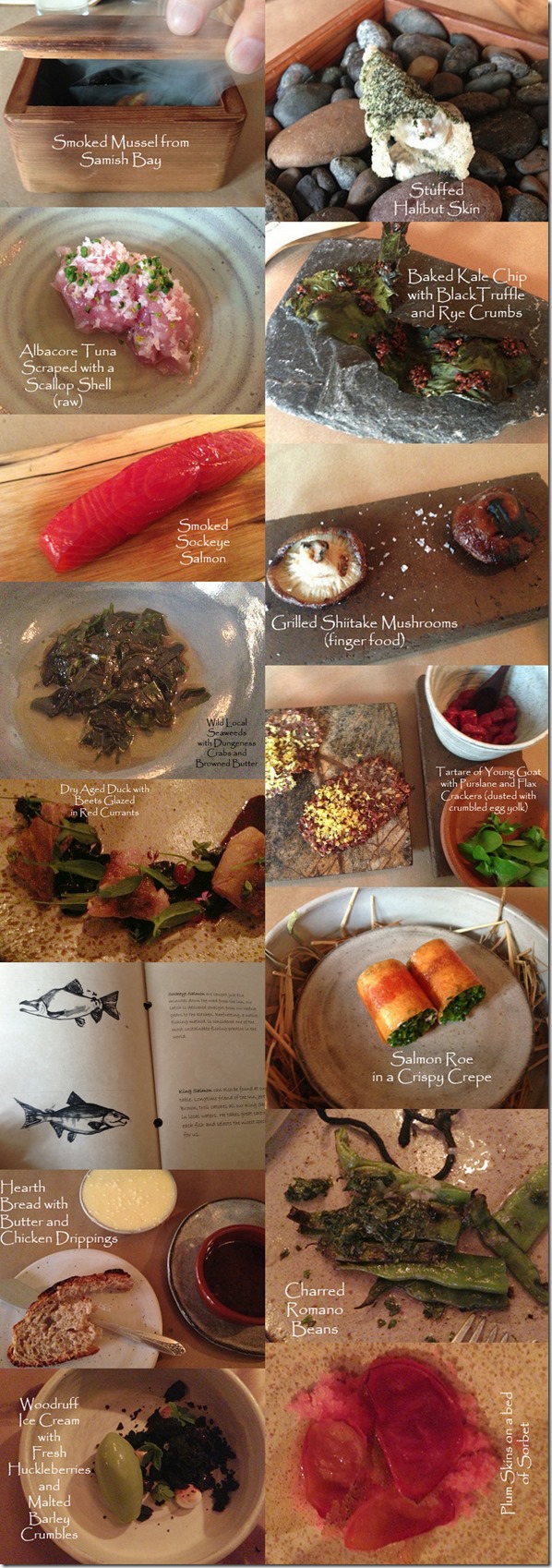
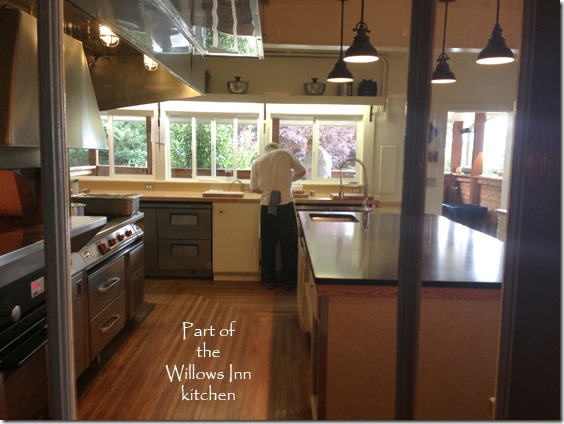
Leave a Comment!